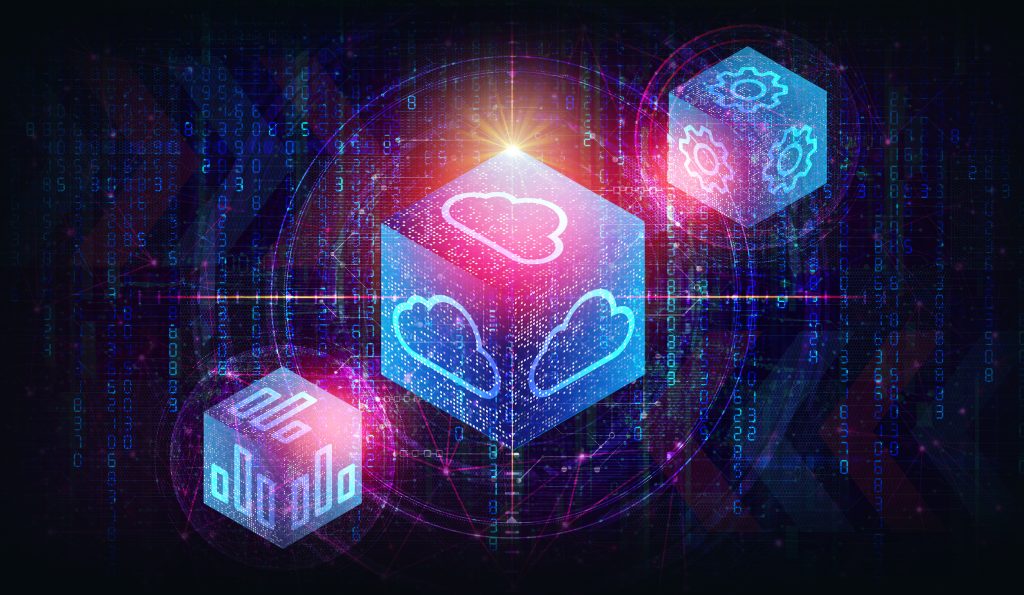Revolutionizing Retail: How Big Data Analytics Drives Smarter Decision Making
The retail industry is undergoing a profound technological transformation, with big data analytics emerging as a pivotal force. This cutting-edge technology is redefining the retail landscape, offering unprecedented insights and capabilities.
Revolutionizing Retail: How Big Data Analytics Drives Smarter Decision Making Read More »











